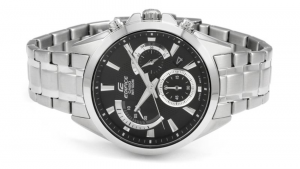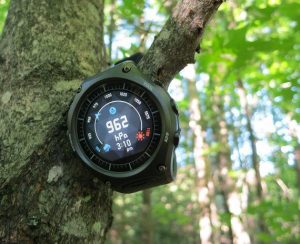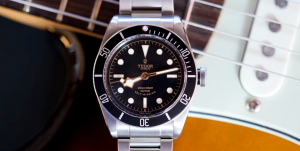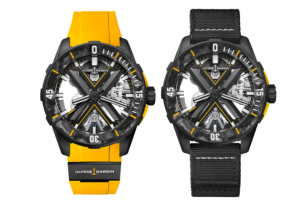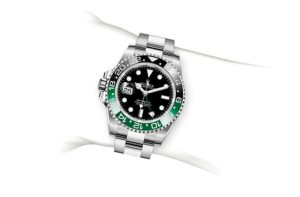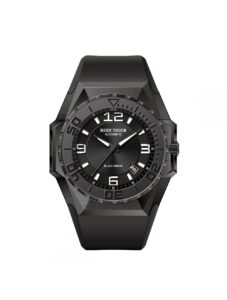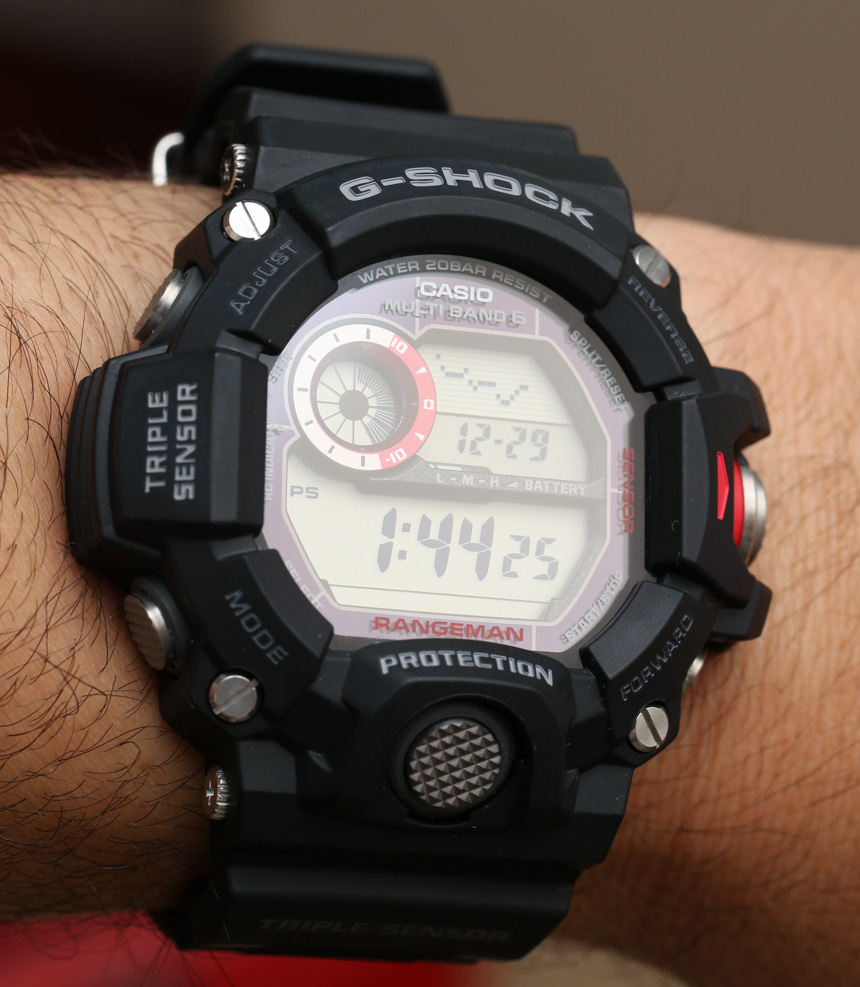
In my opinion, the Casio G-Shock GW9400 Rangeman is one of the most important Casio G-Shock models in a while, and is possibly the best Casio G-Shock watch available today.
From a durability, functionality, and style perspective, this is one hard watch to beat. Will they get better in the future? Probably, but a modest investment will get you a fantastic “do anything” watch for at least several more years. An easy way to understand a cornerstone feature of the Rangeman is that it is the first Casio G-Shock that includes the full stack of “ABC” sensor technology. “ABC” is an acronym often used to describe Casio’s “Triple Sensor” technology that for many years you’d only find available in its Pro Trek (previously Pathfinder) collection of watches. Triple Sensor meant that the watch contained an Altimeter, Barometer, and Compass. It also happens to include a thermometer; which never seems to get included in “triple” sensor, but that is included as well.
For several years Casio had been experimenting with the inclusion of this sensor technology into Casio G-Shock watches. In fact, the GW9200 Rangeman is a follow-up to the GW9300 Mudman, and the GW9200 Riseman before it. Those previous models contained some, but not all of the Triple Sensor technology. The Rangeman has them all, and in a satisfying way that allows them to live within the the durable G-Shock shell and still be easy to operate.
A logical question is how the the GW9400 and current Casio Pro Trek models compare to one another. That is a really good question and there are of course differences. Having said that, more good news is that, from what I can tell, Casio included the Version 3 Triple Sensor module into the GW9400 Casio G-Shock watch. Released in 2013 as well, the Triple Sensor Version 3 module was discussed a bit more right here. In fact, the smaller size of the new module is probably what makes it possible for Casio to include the full ABC set of features into a G-Shock watch. In a nutshell, the version 3 module is smaller, uses less power, is faster, and is more precise than previous generation sensors. Watches such as the Casio Pro Trek PRW3000 and the lower-priced PRG270 (also both new for 2013) contain the version 3 module and so does the GW9400.
Casio Pro Trek watches use dedicated pushers on the right side of the case for each of the three sensor functions (they display the temperature when you view the barometer information). Pro Trek models also have a larger LCD display, which isn’t broken up into a few sections as Casio typically does with G-Shock models. That means Pro Trek pieces offer a slight edge in usability and legibility. The Rangeman on the other hand, has one large pusher at the 3 o’clock position which is used to cycle through the various ABC function modes. While the displays are different, functionality is the same.
Casio can’t after all hand over all of the benefits of a Pro Trek to a G-Shock, so there are advantages to the Pro Trek depending on the wearer. What is oddly ironic for the first time, is that most modern Pro Treks are slightly smaller than a G-Shock. That means that we consider the Pro Trek PRW3000 (for example) to be a svelte, slim timepiece companion next to the bolder and masculine looks of the Casio G-Shock GW9400 Rangeman. I have both so I don’t really prefer one over the other, and functionally they are very similar. I like the bold looks of the Rangeman more, but with its smaller size and more legible screen, I like the PRW3000 for things like exercise and sports, while the G-Shock is great for things like hiking, swimming, and otherwise adventuring.
